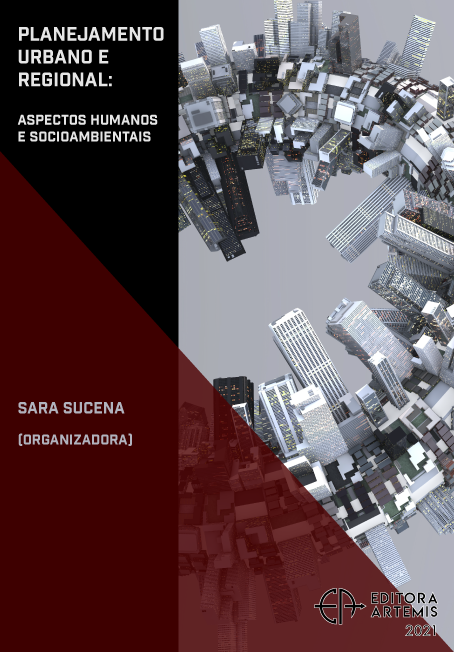
A METÁFORA DO HIPERTEXTO E A PAISAGEM DA URBANIZAÇÃO EXTENSIVA. ENSAIO EM PROL DE UMA NOVA RACIONALIDADE
O presente capítulo tem como objecto de estudo a urbanização contemporânea e como pano de fundo concreto a urbanização extensiva do Noroeste português. Esta faixa atlântica, de ocupação fragmentada e heterogénea, e de mais de uma centena de quilómetros de comprimento na direcção N/S, é geral e frequentemente referida pela negativa, em regra por reacção visual à aparência de alguma das suas partes, que apenas excepcionalmente se relaciona com o todo (de várias escalas) a que pertence. ‘Desordem’ e ‘caos’ é adjectivação corrente e resultante da incompreensão das lógicas que estão subjacentes à transformação territorial dessa área ao longo do último meio século.
Este ensaio (na dupla acepção de um exercício que se faz pela primeira vez e de um género textual) visa contribuir, justamente, para a emergência de uma nova racionalidade que acolha positivamente aquela realidade urbana e as configurações mais ou menos ininteligíveis em que se expressa a sua individualidade. A metáfora do hipertexto, no âmbito da análise urbana e como instrumento de compreensão territorial, responde ao repto de familiarizar o cidadão com as características do espaço urbanizado em que vive através do reconhecimento de sintonias entre esse ambiente e o da Internet, onde certamente (pelo menos a maioria dos cidadãos) se move com à-vontade e sem estranheza. As principais características do hipertexto conduzem, então, uma discussão exploratória que procura evidenciar aqueles paralelismos pela conjectura de hipotéticos movimentos de um utilizador nas duas redes – na retícula urbana, através da rede viária; e na Internet. No final, os qualificativos que distinguem e caracterizam a urbanização extensiva – caos e desordem –, reinterpretados à luz daquela discussão, são transmutados em racionalidade e ordem pessoal, abrindo-se a entendimentos mais compreensivos e inclusivos, e marcando uma nova etapa na conceptualização da urbanização contemporânea.
A METÁFORA DO HIPERTEXTO E A PAISAGEM DA URBANIZAÇÃO EXTENSIVA. ENSAIO EM PROL DE UMA NOVA RACIONALIDADE
-
DOI: 10.37572/EdArt_15082140810
-
Palavras-chave: Urbanização contemporânea, Hipertexto, Paisagem Urbana, Análise Urbana, Planeamento Urbano
-
Keywords: Contemporary urbanization, Hypertext, Urban landscape, Urban Analysis, Urban Planning
-
Abstract:
The chapter’s object of study is the contemporary urbanization, and the Northwest of Portugal its specific background. This Atlantic strip of fragmented and heterogeneous settlement, over a hundred kilometres in length in the N/S direction, is generally and often referred to in a negative way, mostly as a visual reaction to the look of some of its parts, that only exceptionally is related to the whole (of various scales) to which it belongs. 'Disorder' and 'chaos' are common adjectives resulting from the misunderstanding of the logic underlying the territorial transformation of this area throughout the last half-century.
This essay (in the double meaning of an exercise being done for the first time and of a textual genre) aims to contribute, precisely, to the emergence of a new rationality that welcomes that urban reality positively and the more or less unintelligible configurations in which its individuality is expressed. The hypertext metaphor, within the context of urban analysis and as an instrument of territorial understanding, responds to the challenge of familiarizing the citizen with the characteristics of the urbanized space in which he lives, through the recognition of consonances between this environment and that of the Internet, where he (surely the majority of citizens) is likely to move with ease and without awkwardness. The main characteristics of the hypertext structure an exploratory discussion that seeks to highlight those parallels, by conjecturing the hypothetical movements of a user in both networks – in the urban grid, through the road network; and on the Internet. Finally, the qualifiers that distinguish and characterize the extended urbanization – chaos and disorder –, reinterpreted in the light of that discussion, are transmuted into rationality and personal order, opening up to more comprehensive and inclusive understandings, and marking a new stage in the conceptualization of contemporary urbanization.
-
Número de páginas: 20
- Sara Sucena

